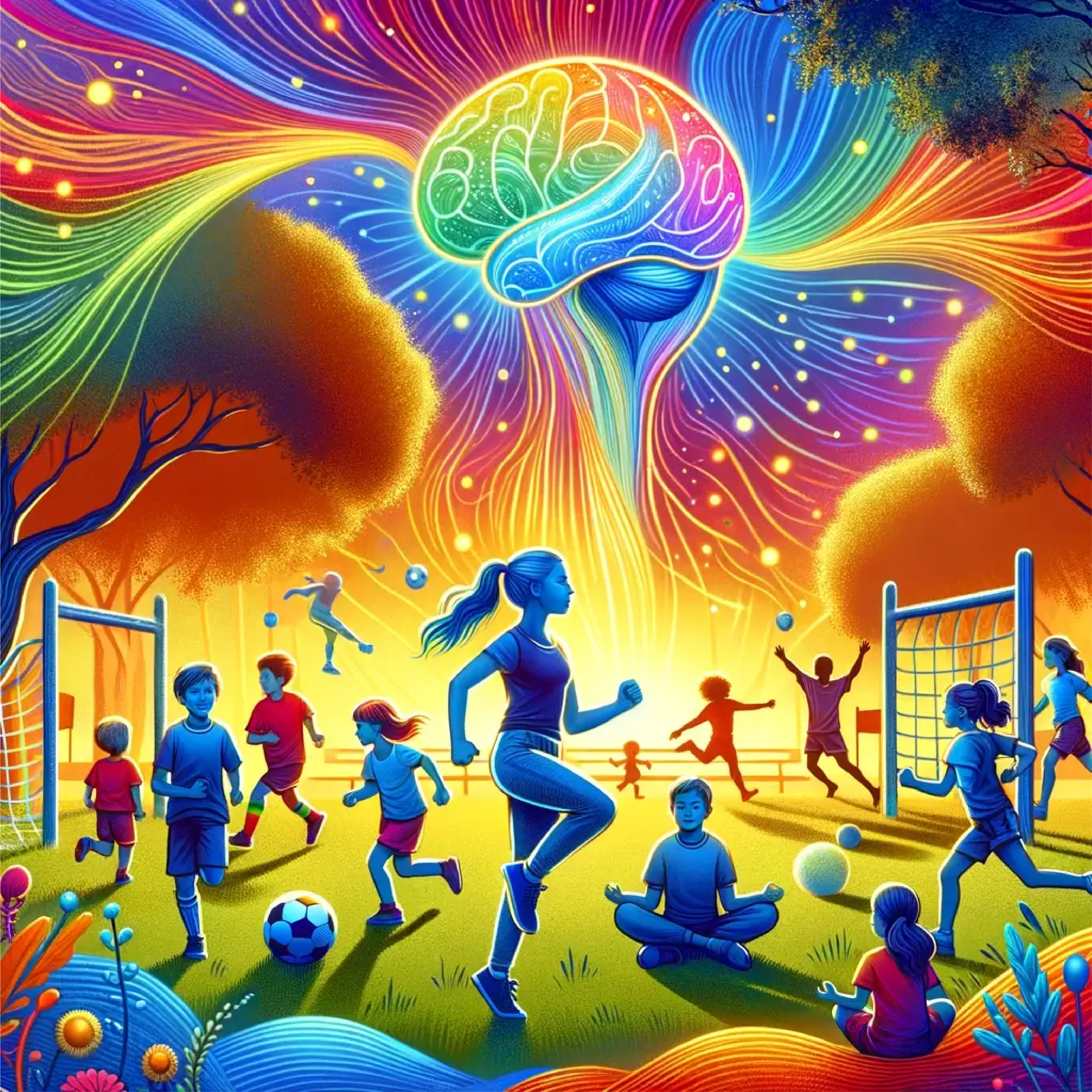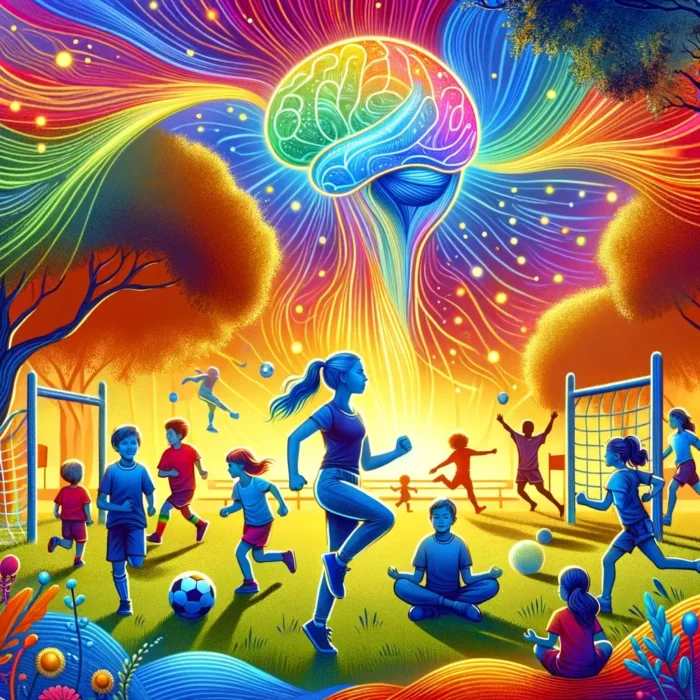The Link Between Physical Activity and Children’s Mental Health
In today’s fast-paced world, where screens often dominate leisure time and structured play replaces free outdoor activities, the importance of physical activity in the lives of our children has never been more critical. A growing body of research highlights a vital link between physical activity and children’s mental health, underscoring the need for parents, educators, and policymakers to prioritize and encourage active lifestyles from a young age.
Understanding the Impact
Physical activity is not just beneficial for the physical well-being of children; it plays a significant role in their mental and emotional health as well. Engaging in regular physical activity can help improve self-esteem, reduce symptoms of anxiety and depression, and enhance cognitive function. This connection between physical activity and children’s mental health is a beacon of hope for addressing some of the mental health challenges our younger generation faces today.
The Science Behind the Connection
The benefits of physical activity on the mind are as profound as they are vital. Exercise releases endorphins, often known as ‘feel-good’ hormones, which act as natural stress relievers and mood lifters. Moreover, physical activity helps in the development of neural connections in the brain, promoting better memory, attention, and problem-solving skills. These scientific findings reinforce the link between physical activity and children’s mental health, providing a clear message: encouraging our children to be more active is not just about physical health; it’s about their overall well-being.
Creating Opportunities for Physical Activity
Given the undeniable benefits, how can we ensure that children get enough physical activity to support their mental health? Schools play a crucial role in this endeavour, as they can offer various sports and activities that cater to different interests. However, the responsibility doesn’t lie with schools alone. Parents and communities can encourage children to engage in physical activities by organizing play dates, enrolling them in local sports teams, or simply spending time outdoors together as a family.
Challenges to Overcoming Screen Time
One of the significant barriers to physical activity in today’s society is the allure of screens. With children spending increasing amounts of time on gadgets, the challenge is to make physical activity as appealing as digital entertainment. This requires creativity and persistence, from setting screen time limits to being active role models ourselves. By showing our children the joy and satisfaction that come from physical activity, we can help shift their preferences towards more active pursuits.
The Role of Society in Promoting Active Lifestyles
The link between physical activity and children’s mental health is a societal issue that requires a collective response. Public spaces such as parks and recreational centres should be safe, accessible, and welcoming to families and children of all ages. Policymakers can support active lifestyles by investing in community sports programs and infrastructure that encourages biking, walking, and other forms of exercise. It’s about creating an environment that supports and promotes physical activity as a cornerstone of mental health and well-being.
Personal Stories of Transformation
Across the globe, there are countless stories of children who have experienced profound mental health benefits from being more active. From the child who found confidence on the football field, to the teenager who overcame anxiety through yoga, these stories serve as powerful testimonials to the transformative power of physical activity. They remind us that behind the statistics are real lives touched and improved by the simple act of moving more.
Encouraging a Balanced Approach
While physical activity is a critical component of mental health, it’s important to remember that it’s just one piece of the puzzle. A balanced diet, sufficient sleep, and positive social interactions are also crucial for mental well-being. Encouraging children to find a balance between these elements can help them lead healthier, happier lives.
Kinetic Kids Academy
We have multiple weekly physical activity sessions for children to get involved with. We allow for all abilities to attend our clubs and it doesn’t matter if you have never played a sport before. We are all about developing young people in a well-rounded way. We have dodgeball clubs and football development centres along with an extensive extra-curricular programme we deliver to schools in the Bexley and surrounding boroughs.
Conclusion: A Call to Action
As we look to the future, the link between physical activity and children’s mental health should guide our actions and policies. By creating more opportunities for children to be active, and by educating parents and children about the benefits of physical activity, we can make a significant impact on the mental health and well-being of our younger generation.
In conclusion, the connection between physical activity and children’s mental health is undeniable and powerful. It’s a call to action for all of us—parents, educators, policymakers, and communities—to work together in fostering environments that encourage and celebrate physical activity. By doing so, we not only enhance the physical health of our children but also support their mental and emotional well-being. Let’s commit to making physical activity a priority, for the sake of our children’s present and future happiness and health.











